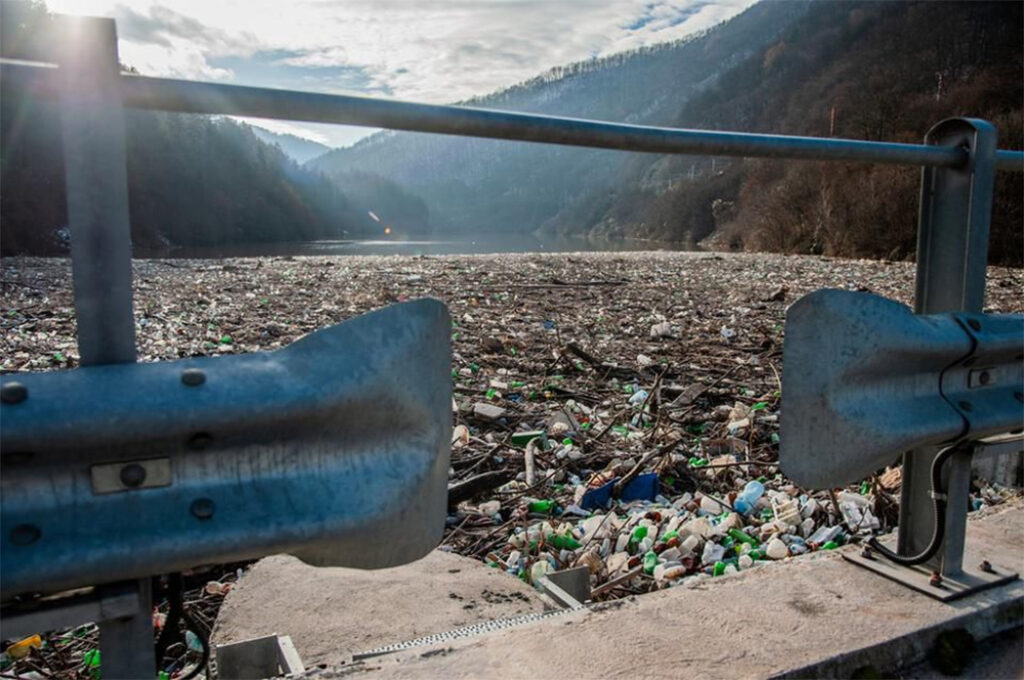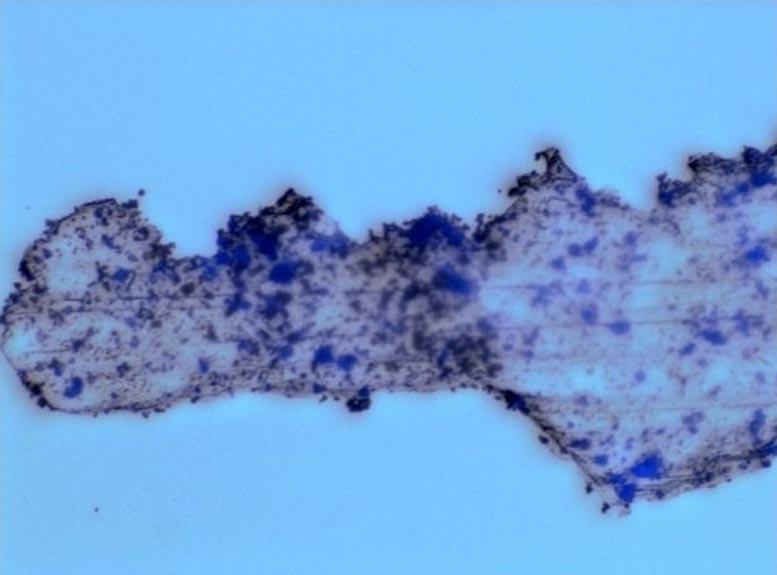Manmade and Natural Solutions to Plastic Pollution

Plastic is a near-perfect packaging material that supported many existing industries and helped establish more. There are several applications of plastic across various sectors, from building construction, consumer products, textiles, electronics and electrical products to industrial machinery. You can find plastic in military equipment and supplies, medical and healthcare, automotive, marine, and aircraft, furniture, and energy generation. The versatility of plastics is immense and their commercial, industrial, and societal advantages are too many to count.
While plastic is beneficial, it is being labeled as a nuisance because of its contribution to littering and land and water pollution, as many of them, particularly the plastic packaging materials, are non-biodegradable.
The serious problem with plastic
Plastic pollution is one of the serious problems that threaten life in the world’s oceans. This type of pollution is relentless, visible and very pervasive. Tons of plastic products enter the oceans annually, getting swallowed by bigger fish, covering the surface of the water, and depriving the creatures in the water of life-giving oxygen. The World Economic Forum estimates that by 2050, there will be more plastic by weight than fish in the world’s oceans.
Even if there are groups that remove the plastic from the water, billions of plastic items are produced and used every day. Without proper disposal, it is very easy for these plastic containers – bottles, wrappers, sachets, etc. – to find their way into landfills and bodies of water.
Most plastic packaging materials are not biodegradable, thus they cannot dissolve in water. It takes about 450 years before plastic bottles dissolve, meaning it will take several generations before a single plastic container leaves this earth.
There are biodegradable polymers that will make plastic containers biodegradable. There are also bioplastics available today, but despite the terms, it takes a particular condition before this type of plastics decomposes.
Plastic-eating bacteria
Japanese scientists discovered a type of bacteria in March 2016 that can decompose some types of plastics. They discovered the bacteria from sludge outside a bottle recycling facility located in Osaka. The bacteria, called Ideonella sakaiensis, can ”eat” PET bottles. PET is the type of plastic used in water bottles, beverage bottles and other containers for food, medicines and personal care products.
However, the bacteria cannot do their decomposing activity fast enough to clear the tons of plastic that pollute the environment.
More natural decomposers
But there are more discoveries that one day can grow in industrial-scale facilities. Several enzymes were discovered that could naturally disintegrate plastics. In 2017, scientists in India discovered a fungus that can degrade plastic at a waste disposal site in Islamabad. In the same year, a biology student at Reed College in Oregon found plastic-eating bacteria from samples collected from an oil site in Houston. German scientists discovered strains of plastic-degrading bacteria from the soil collected from a Leipzig brittle plastic waste site.
Since these organisms will take forever to degrade the tons of plastic waste on earth, scientists are going to bioengineer them. There were successes already in this initiative. American and British scientists have already made some breakthroughs. In 2018, they have modified some bacteria so they can speed up the biodegrading process in a matter of days. They improved the process in 2020 by combining two enzymes so that the bacteria can produce super enzymes.
Manmade plastic degrading materials
Some scientists think that it is possible to use nanomaterials for plastic decomposition. However, out of the seven commercial types of plastics, only PET plastics are consumed by specific bacteria.
The American Chemical Society posted a study on June 11, 2021. The study details the research on microrobots that can swim. They can attach to plastics and break the material down. The target of the microrobots is the smaller pieces of plastic or microplastics that are difficult to remove from the water. These pieces of plastic, usually around 5 mm in size, absorb pollutants and heavy metals. They can be consumed by fish, and can potentially harm not only the fish but animals and humans as well.
These microrobots are catalysts that use sunlight to activate them. A laboratory in the Czech Republic is experimenting and developing microrobots the size of red blood cells. The microrobots can move when they are exposed to sunlight. Once they come in contact with microplastics, they start to degrade the material.
